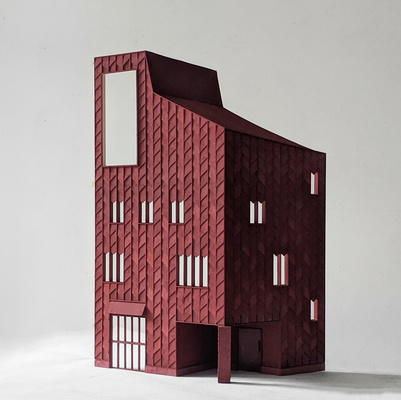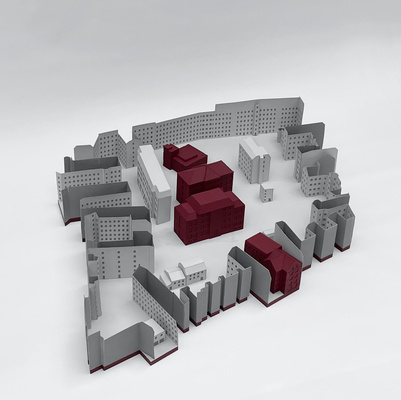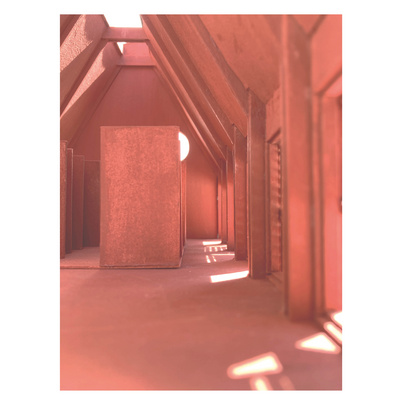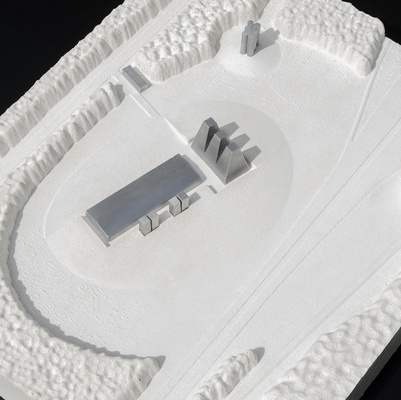The project, An anonymous culture factory, is about transforming an old industrial building in Oslo into a house of music. It is about protecting existing values of a place, strengthening the identity and preserving the anonymous spaces in the city, where culture thrives. Diving into the world of acoustics and light the project aims to create inspiring atmospheres for a creative environment.


The building, from 1966, was originally made as an extension of the industry along the river Akerselva. But the last 25 years it has, most importantly, been home to a music studio, which has been important to big parts of the Norwegian music industry. The music played inside the building could sometimes be heard from the street, and this has become part of the identity to the otherwise anonymous building.
This is the reason why the transformation project is focused on functions related to music.
The house of music consists of a multifunctional auditorium, music studios, rehearsal rooms, offices and studio apartments for music students. These are the functions directly related to the music, and they each have different sound technical requirements. The most technical ones are like closed rooms inside the building volume, separated from the existing structure by vibration damping rubber blocks and acoustic mats. They also go around existing beams and columns, to prevent unwanted sound inside and outside these rooms.
The space created around the rooms is like a flexible emptiness, full of possibilities. Unprogrammed space, open to be defined by its users. It is an important part of the project, and works as a reaction on today’s needs to predefine every corner of every place, leaving nothing left for chance, for culture to thrive and develop on its own.



The identities of the place, which I narrowed down to four core themes, are the anonymity, the music, the rough aesthetics and the flexible spaces created by the industrial framework of the building. These themes has been important throughout the process.
The polygonal shapes that define the music functions in the project is a result of a long and thorough study of how sound travels in a room. It is based on studies of sound and geometry, studies of different music requirements, studies of famous concert halls and music studios, and studies into how sound reacts to different materials and surfaces. Short explanation: A degree of 10 degrees more than 90 degrees is good when it comes to diffusing(spreading) sound in a room. In a pentagon, all corners can be 108 degrees, therefore a room with this shape can have very good sound conditions. When also working with these angles in the vertical direction we get optimal conditions for sound in a room.












































































